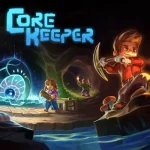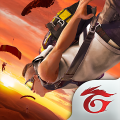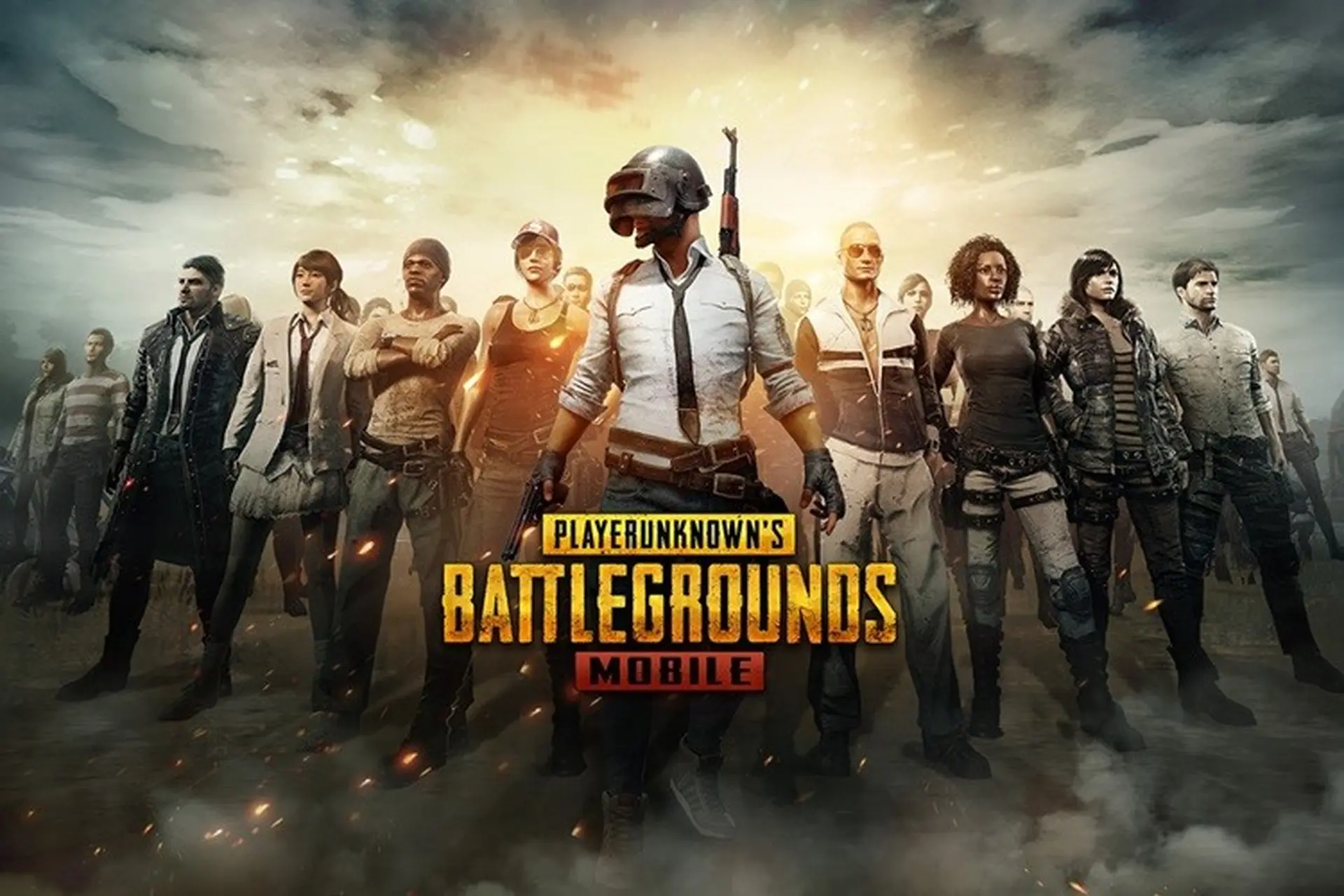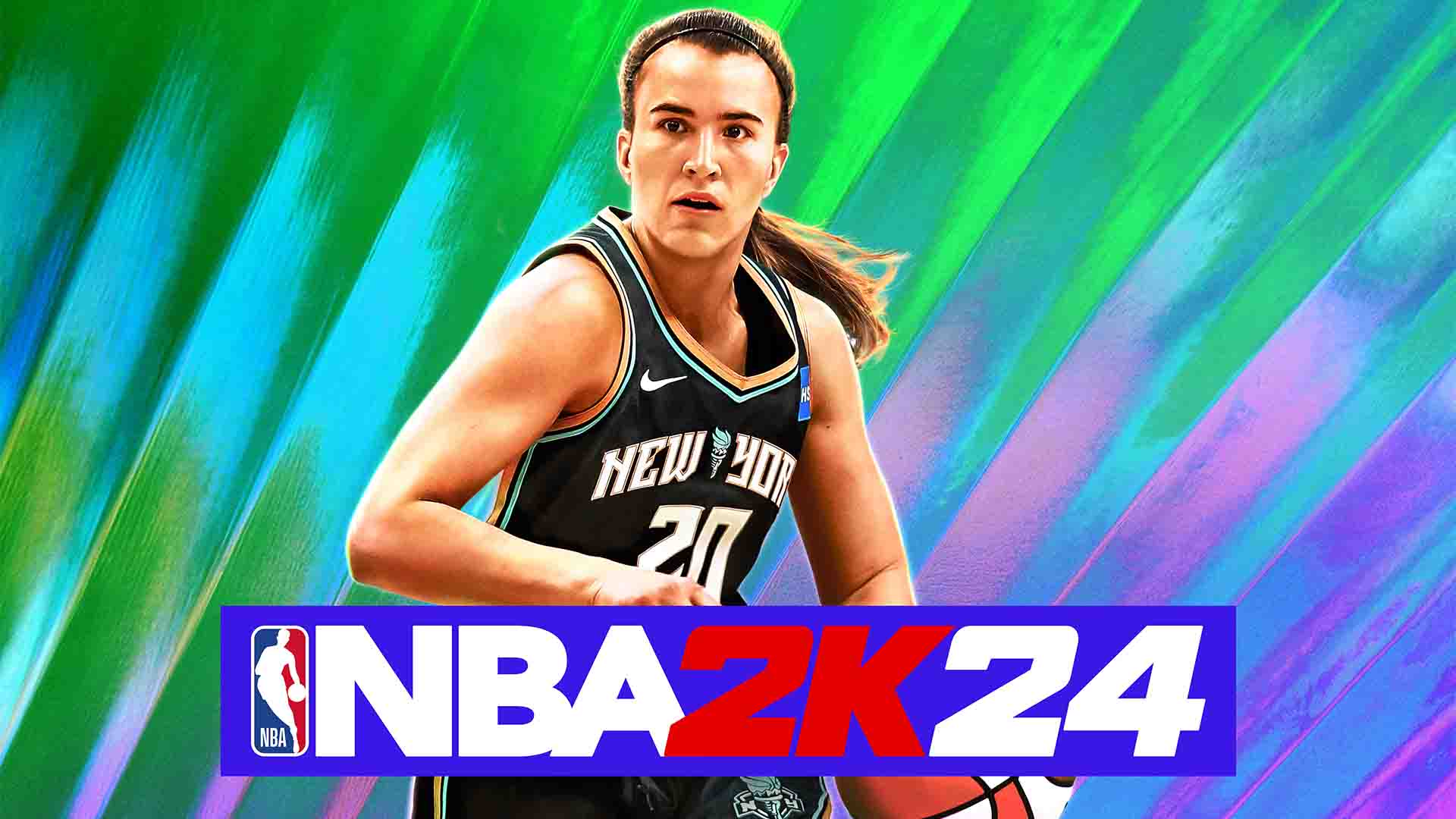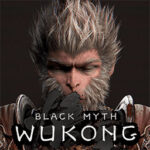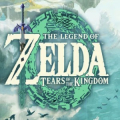Popular Now
Introduction
Since its global release, Brawl Stars by Supercell has evolved rapidly. New brawlers, gadgets, star powers, game modes, and balance changes arrive with each update. While these additions keep the game fresh and engaging, they also introduce a critical issue that haunts many online games—power creep.
Power creep refers to the phenomenon where newer content is significantly stronger than older content, making previously balanced characters or strategies obsolete. In Brawl Stars, this issue manifests through overpowered brawlers, game-breaking gadgets, and meta-warping updates. This article explores the roots, evolution, and effects of power creep in Brawl Stars, along with potential fixes and future risks.
The Concept of Power Creep and Its Relevance to Brawl Stars
Power creep is a known problem in live-service games. It occurs when developers release new content that’s unintentionally more powerful than existing elements. Over time, this shifts the meta, rendering older brawlers less viable unless they are buffed.
In Brawl Stars, where matches are short and player reflexes matter, even slight statistical imbalances can have outsized effects. A brawler with 100 more damage per attack or a slightly faster movement speed can dominate the field, pushing others out of ranked viability.
Supercell’s efforts to maintain balance are commendable, but power creep creeps in subtly—especially when tied to monetization incentives.
The Role of New Brawlers in Meta Disruption
One of the biggest contributors to power creep in Brawl Stars is the introduction of new brawlers. When a new brawler drops, they often boast unique mechanics, high base stats, or synergies that older brawlers can't compete with.
Take examples like:
-
Surge at release: His level-up mechanic made him snowball into unbeatable territory.
-
Stu: Fast-charging supers gave him unmatched map control.
-
Chester: His random super system introduced chaos with high reward.
These characters tend to dominate the meta until either they are nerfed or older brawlers are adjusted to catch up. The “new toy syndrome” also encourages players to unlock or buy the latest brawler to stay competitive.
Gadgets and Star Powers: Small Tools, Big Problems
Gadgets and Star Powers were added to deepen gameplay, offering alternate playstyles or strategic options. But as more of these abilities were introduced, they too became vectors for power creep.
Some gadgets drastically shift gameplay:
-
Gene’s Lamp Blowout: A lifesaving escape button with pushback and healing.
-
Lou’s Ice Block: A near-invulnerability tool.
-
Bonnie’s Sugar Rush: Movement and reload speed boost combined.
The gap between brawlers with top-tier gadgets and those without useful ones widens the competitive field, especially in high-rank ladder games or power league. Players are often forced to use “meta gadgets” or risk being at a disadvantage, which reduces creativity and diversity in play.

The Impact on Ranked and Power League Play
Power creep doesn’t affect all players equally. In casual 3v3 or Showdown, the imbalance may feel minor or even invisible. But in Power League or competitive ladder, the effects are magnified.
Top players:
-
Know which brawlers are “meta” post-update.
-
Ban or first-pick the strongest brawlers.
-
Use tier lists that shift after every patch.
This leads to rigid team compositions and staleness in high-rank games. Worse, players who enjoy underpowered brawlers find themselves punished for picking their favorites.
It’s not just about skill—sometimes, you simply can't outplay numbers.
Community Reaction and Frustration Over Imbalance
The Brawl Stars community is active, vocal, and passionate. Every time a balance patch is released, discussions flood Reddit, Discord, and YouTube. While excitement for buffs is common, so too is frustration over broken mechanics.
Common complaints include:
-
“Why is [new brawler] already dominating ladder?”
-
“Why does this gadget exist?”
-
“Older brawlers are unusable now.”
The feeling of unfairness erodes long-term player satisfaction. When players invest time (and sometimes money) into mastering a character only to see them nerfed into obscurity, it leads to burnout or player churn.
Balancing Challenges Faced by the Developers
Supercell balances Brawl Stars with a mix of data analysis (win rates, pick rates) and community feedback. Yet this process is complicated by:
-
The wide range of game modes.
-
Varying skill levels from Bronze to Masters.
-
Regional metas that differ globally.
What’s broken in Brawl Ball might be average in Heist. What’s weak at low trophy counts might be dominant in Power League. This makes it hard to enact one-size-fits-all solutions without unintended side effects.
Moreover, content release schedules are tight. Balancing time is often squeezed between brawler design, animations, monetization plans, and other live-ops events.
Power Creep and Monetization: A Delicate Balance
While not explicitly pay-to-win, Brawl Stars has monetization systems tied to progression:
-
Brawlers unlockable through Starr Drops, Brawl Pass, or Shop purchases.
-
Gadgets/Star Powers upgradeable via Coins and Credits.
New brawlers often launch with strong kits—coinciding with their appearance in paid Brawl Pass tiers or early-access shop bundles. This has led to criticism that power creep incentivizes spending.
While Supercell has taken steps to make the game more F2P-friendly (e.g., adding Starr Drops, reducing upgrade costs), the tension remains. There’s always a business incentive to make new content feel desirable—even if that means pushing balance boundaries.
Strategies Players Use to Adapt to the Power Creep
Despite frustration, players have found ways to adapt:
-
Follow Meta Reports: Use tier lists from trusted creators like KairosTime, Ash, and Lex.
-
Focus on Versatile Brawlers: Learn brawlers who remain strong across metas (e.g., Sandy, Max).
-
Play Diverse Modes: A brawler weak in Showdown may shine in Gem Grab.
-
Wait Before Upgrading: Don’t invest in a newly released brawler until balance changes settle.
Adaptation is key, but it also demands constant research, practice, and flexibility—traits casual players may not always enjoy.
Possible Solutions to Reduce Power Creep
Power creep can’t be removed entirely, but it can be mitigated through thoughtful design:
-
Design Around Utility, Not Stats: Focus on creative mechanics rather than raw damage or HP.
-
Release with Caution: Launch new brawlers slightly underpowered, then buff if needed.
-
Seasonal Rotations: Rotate older brawlers with temporary buffs to refresh the meta.
-
Universal Balance Passes: Every few seasons, re-evaluate the full roster to bring power levels in line.
Supercell has shown willingness to tweak older brawlers and listen to feedback. Formalizing this into regular balance passes could keep the meta fresh and fair.

The Future of Brawl Stars and Its Competitive Integrity
Brawl Stars has the potential to be a long-running, competitive mobile title. It already has an esports scene, loyal fanbase, and global reach. But for the game to thrive in the long run, balance must be at the core of its design philosophy.
New content should enrich gameplay—not dominate it. Players should be able to win through strategy, coordination, and skill—not just by having the newest or strongest character.
Tackling power creep doesn’t mean stopping innovation. It means making sure innovation doesn't come at the cost of fairness.
Conclusion
Power creep is the silent force reshaping Brawl Stars every season. It keeps things exciting but also risks alienating dedicated players and unbalancing competitive modes. Whether it's new brawlers with overwhelming kits or gadgets that redefine matchups, the balance scales are always tipping.
The developers, community, and competitive players all have a stake in keeping the game fair and fun. With more transparency, smarter balancing strategies, and a deeper understanding of how power creep spreads, Brawl Stars can remain not just popular—but proudly competitive and enjoyable for all.



